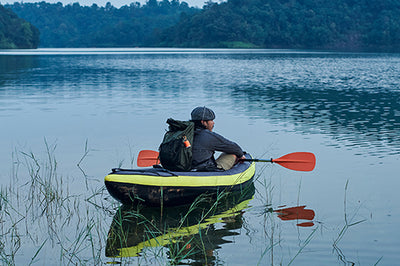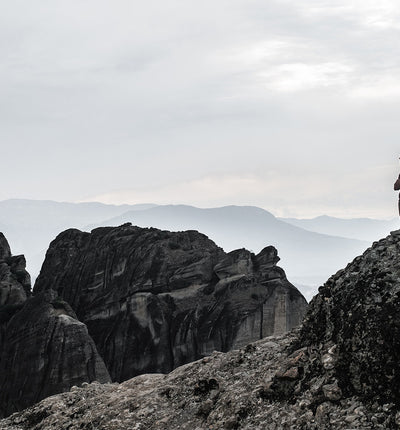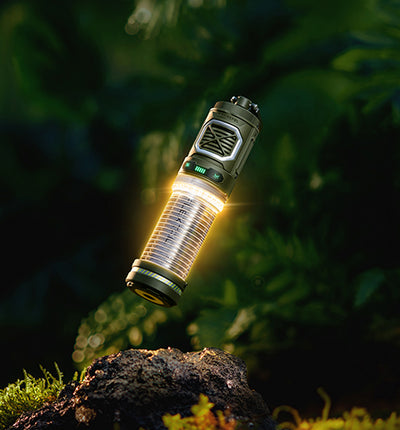Have you ever planned a camping trip, looking forward to the great outdoors, only to be greeted by the pitter-patter of unexpected rain? Don't let a little water dampen your spirits! Camping in the rain can be an incredibly rewarding experience if you're well-prepared. This blog post will arm you with essential tips for camping in the rain, teaching you how to stay dry, warm, and make the most of your rainy camping adventure. So, grab your raincoat, and let's turn your wet weather camping trip into a memorable experience.
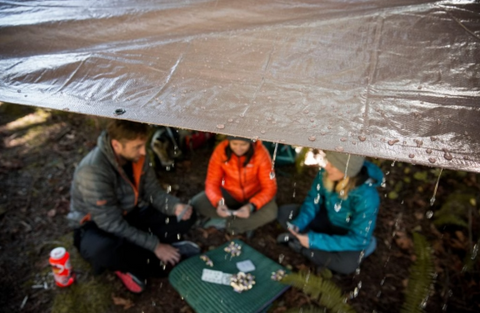
Preparing for your trip
Embarking on a camping trip amidst the unpredictability of weather demands thoughtful preparation and the right gear. Whether you're a seasoned camper or venturing out for the first time, understanding how to stay dry and comfortable is paramount. Here are essential tips for camping in the rain.
Choosing the Right Gear
Waterproof Tents: Importance of Hydrostatic Head Ratings
- Hydrostatic Head Ratings:Look for tents with a minimum hydrostatic head rating of 2000mm. This measurement indicates the tent's ability to withstand rain. The higher the number, the more waterproof the fabric.
- Seam Sealing: Ensure the tent seams are sealed to prevent water from seeping in.
The Necessity of Waterproof Clothing and Footwear
- Clothing: Invest in a quality waterproof jacket, pants, and hat. Materials like Gore-Tex offer breathability and waterproof protection.
- Footwear:Waterproof hiking boots are essential for keeping feet dry and providing traction on wet surfaces.
Other Outdoor Gear for Camping
- Dry Bags:Use dry bags for electronics, clothes, and other essentials to keep them dry.
- Waterproof Containers:Hardshell cases are ideal for sensitive items like cameras or medical supplies.
- Portable Lanterns: Illuminate your campsite effectively with portable lanterns, ensuring visibility and safety after sundown. These lanterns are crucial for lighting up common areas, making evening tasks easier and adding a cozy atmosphere to your outdoor setup.
Selecting the Perfect Campsite
Criteria for Choosing High-Ground Locations
- Avoid Low-Lying Areas:Choose a site on elevated ground to prevent flooding.
- Drainage: Look for sites with natural drainage to avoid water accumulation.
Considerations for Tree Coverage and Potential Hazards
- Tree Coverage:While trees can offer shelter from rain, camping directly under them comes with risks. Falling branches during heavy winds or storms can pose a serious threat. Moreover, trees attract lightning, which presents a significant hazard during thunderstorms.
- Avoiding Lightning Strikes:When camping in areas prone to thunderstorms, it's crucial to understand and mitigate the risks of lightning strikes. Avoid setting up camp in open fields, on hilltops, or under the tallest trees. Instead, seek shelter in lower areas while still avoiding solitary trees, which can be lightning targets. If a vehicle is nearby, it can offer safer shelter during severe storms.
Selecting the right camping gear and accessories, as well as the campsite, is the foundational step in ensuring a successful and enjoyable camping experience, rain or shine. With these considerations in mind, you're well on your way to a memorable outdoor adventure.

Setting up camp
As you arrive at your chosen campsite, with rain clouds possibly looming overhead, the way you set up your camp becomes crucial to ensure comfort and dryness throughout your stay. This section delves into the pivotal steps of tent setup and transforming your campsite into a cozy, rain-proof haven.
Tent Setup Tips
Waterproofing Measures: Sealing Seams and Applying Waterproofing Sprays
- Seam Sealing:Before your trip, apply seam sealer to all tent seams. This preventive measure is key to avoiding leaks.
- Waterproofing Sprays:Use waterproof spray on the tent fabric, focusing on areas that are prone to leaking. Reapply as needed, depending on the frequency of your camping trips and the tent's exposure to elements.
The Importance of a Well-Placed Groundsheet
- Placement:Lay a groundsheet or a tarp under your tent to create a moisture barrier. Ensure it's slightly smaller than the tent's footprint to prevent water from collecting between the groundsheet and the tent.
- Material: Choose a durable material that can withstand rough terrain and provide effective insulation from cold, damp ground.
Creating a Comfortable Living Space
Utilizing Tarps for Extra Shelter and Dry Communal Areas
- Additional Shelter:Erect a tarp above the tent entrance or create a separate sheltered area where you can enjoy meals and social activities. Ensure the tarp is angled for water runoff.
- Communal Space: Set up a communal area with waterproof mats or tarps on the ground, providing a dry place for group gatherings.
Arranging Sleeping Quarters to Stay Dry and Comfortable
- Elevate Bedding:Keep sleeping bags and mats elevated from the tent floor using cots or an extra layer of insulation. This prevents moisture from seeping into your bedding. By the way, don’t forget to bring a portable pump for sleeping bad or air bed.
- Strategic Placement: Position sleeping quarters away from the tent walls to minimize contact with potential condensation.
With these tent setup tips for camping in the rain, you not only safeguard yourself and your gear against the rain but also enhance the overall camping experience. Creating a dry and comfortable living space in the midst of nature, regardless of the weather, transforms a basic camping trip into a memorable adventure.

Managing life at the campsite
Navigating daily life at a rain-soaked campsite presents unique challenges, especially when it comes to meal preparation and maintaining warmth and dryness. This section offers practical advice on cooking and eating in rainy conditions and strategies for staying dry and warm, ensuring your camping experience remains enjoyable despite the weather.
Safe and Practical Cooking Setups for Rainy Conditions
- Covered Cooking Areas:Utilize a large tarp or a canopy to create a dry, ventilated area for cooking. Ensure it's safely distanced from your tent and any flammable materials.
- Portable Stoves: Gas stoves or camping stoves are preferable in wet weather, as they're less affected by rain compared to campfires or charcoal grills.
- Pre-prepared Meals: Consider bringing meals that require minimal cooking to reduce the time spent preparing food in the rain.
Storing Food to Keep it Dry and Accessible
- Waterproof Containers: Store food in airtight, waterproof containers to prevent it from getting soggy.
- Elevated Storage: Keep food supplies off the ground to protect them from moisture and potential flooding.
Clothing Strategies for Wet Weather
- Layering:Adopt a layering system with moisture-wicking base layers, insulating middle layers, and waterproof outer layers to stay dry and regulate body temperature.
- Spare Clothing:Pack extra sets of clothing, especially socks and undergarments, to change into if you get wet.
Techniques for Drying Gear and Clothing in Damp Conditions
- Drying Lines: Set up a drying line under a sheltered area to hang wet clothing. Even in damp conditions, air circulation can help dry clothes.
- Portable Dryers: Consider bringing small, portable gear dryers or using dry sacks with absorbent materials to help dry out shoes and other essentials overnight.
These practices not only protect you and your equipment but also enhance the overall enjoyment of your outdoor adventure, demonstrating that with a little preparation, not even the rain can dampen your spirits.
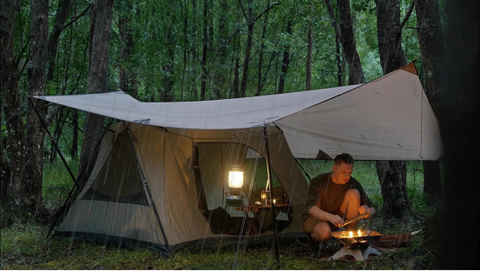
Enjoying your time
Even amidst the patter of raindrops, camping can offer unique opportunities for enjoyment and reflection. Here are some tips for camping in the rain you might not think about.
Ideas for Fun and Relaxing Activities That Suit Rainy Weather
- Board Games and Card Games:Pack waterproof or laminated cards and board games for entertainment inside the tent.
- Nature Crafts:Use the rainy setting to inspire crafts or art, such as leaf rubbings or watercolor painting under a shelter.
- Journaling or Reading: The sound of rain provides the perfect backdrop for writing in your journal or getting lost in a good book.
Tips for Embracing the Beauty and Tranquility of Nature During the Rain
- Mindful Walking: Take a walk in light rain with waterproof gear to experience the fresh, invigorated landscape.
- Photography: Capture the unique beauty of nature in the rain, from dew-laden spider webs to the vibrant colors of wet flora.
Essential Safety Tips for Navigating Slippery Terrain and Avoiding Hypothermia
- Appropriate Footwear: Wear hiking boots with good traction to prevent slips and falls.
- Layered Clothing: Maintain warmth with layered, breathable clothing to avoid hypothermia.
Importance of Staying Hydrated and Recognizing the Signs of Weather-Related Health Issues
- Hydration:Continue to drink water regularly, as cooler, wet weather might reduce the sensation of thirst.
- Awareness: Be aware of signs of hypothermia and take immediate action if symptoms arise, such as shivering, slurred speech, or lethargy.
Incorporating these elements into your rainy camping trip not only ensures safety and health but also opens up a world of serene beauty and engaging activities that can enrich your outdoor experience.
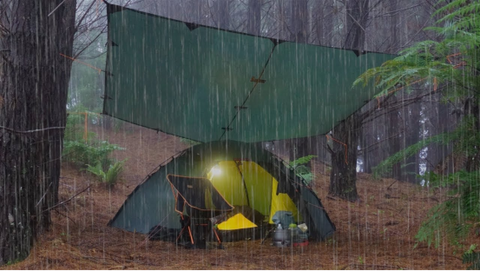
Leaving no trace
Ensuring the beauty and integrity of our natural landscapes while camping, especially under the challenging conditions brought by rain, calls for a conscious effort to minimize our environmental footprint.
Minimizing Impact on the Campsite During and After Rain
- Erosion Prevention:Stick to established trails and campsites to prevent soil erosion and damage to vegetation.
- Ground Protection: Use tarps under tents to reduce the impact on the ground beneath, especially in wet conditions.
Best Practices for Waste Management in Wet Conditions
- Secure Waste Storage:Keep all waste in sealed containers or bags to prevent it from being scattered by wind or water.
- Proper Disposal: Dispose of waste properly by taking it with you until you can find suitable disposal facilities. Be particularly cautious of food waste, as it can attract wildlife.
Following these guidelines ensures our presence leaves no trace, preserving the campsite's natural beauty for future visitors.
Finding joy in the rain
Camping in the rain unveils the outdoors' serene beauty, from the soothing patter of raindrops to the fresh, earthy scent of the forest. With the right gear and a spirited attitude, these moments become cherished memories. So, keep in mind these tips for camping in the rain and embrace the drizzle and discover the unique joy it brings to camping adventures!
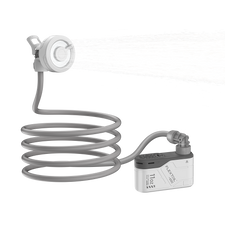 MAX SHOWER
MAX SHOWER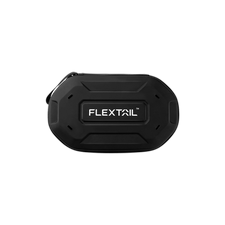 STORAGE BOX
STORAGE BOX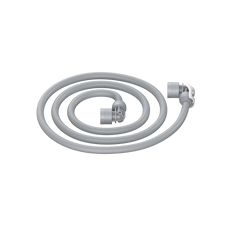 SHOWER HOSE
SHOWER HOSE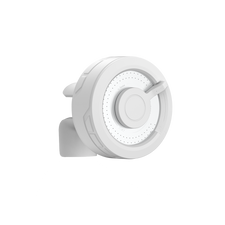 SHOWERHEAD
SHOWERHEAD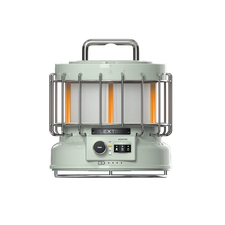 MAX LANTERN
MAX LANTERN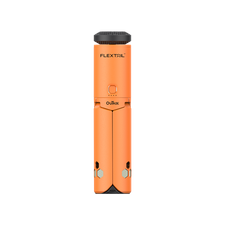 EVO LANTERN
EVO LANTERN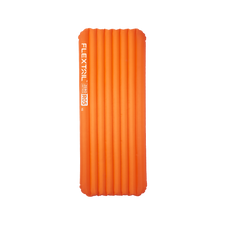 R05 REGULAR
R05 REGULAR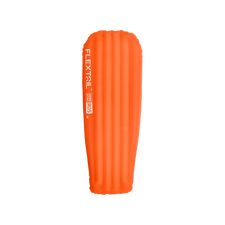 R05 MUMMY
R05 MUMMY ZERO PILLOW
ZERO PILLOW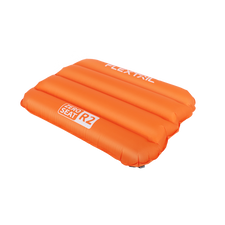 ZERO SEAT
ZERO SEAT COZY LOUNGER
COZY LOUNGER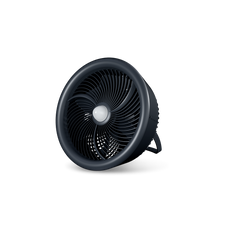 MAX COOLER
MAX COOLER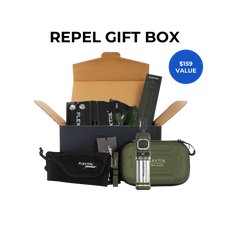 REPELLER GIFT BOX
REPELLER GIFT BOX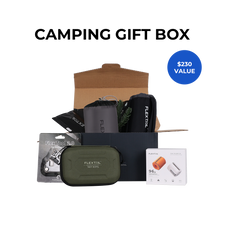 CAMPING GIFT BOX
CAMPING GIFT BOX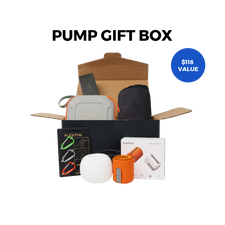 PUMP GIFT BOX
PUMP GIFT BOX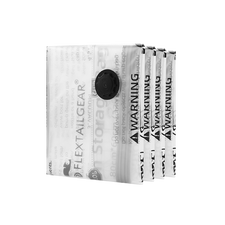 VACUUM BAGS
VACUUM BAGS PROTECT COVER
PROTECT COVER LAMPSHADE
LAMPSHADE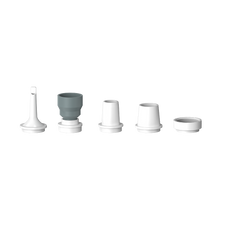 NOZZLE SET
NOZZLE SET 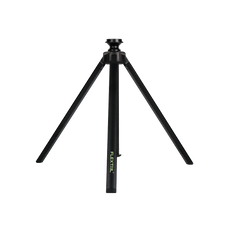 FLEX TRIPOD
FLEX TRIPOD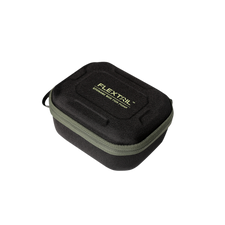 STORAGE CASE
STORAGE CASE BIG ANGLE NOZZLE
BIG ANGLE NOZZLE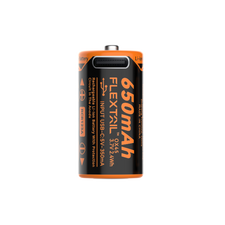 ZERO BATTERY 650CHT
ZERO BATTERY 650CHT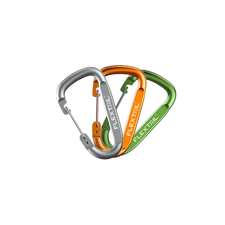 CARABINER SET
CARABINER SET VACUUM BAGS & PUMP
VACUUM BAGS & PUMP 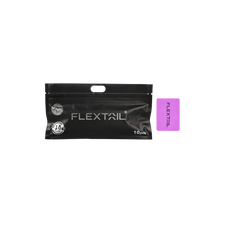 REPELLENT MAT
REPELLENT MAT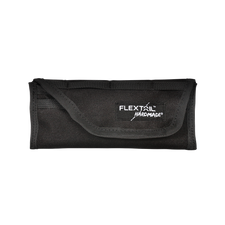 FLEX BAG
FLEX BAG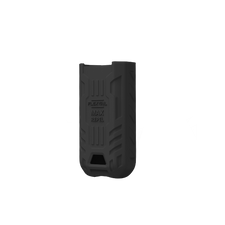 PROTECT COVER
PROTECT COVER  FLEX HANDLE
FLEX HANDLE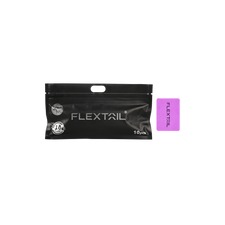 Free 10pcs Repellent Mats
Free 10pcs Repellent Mats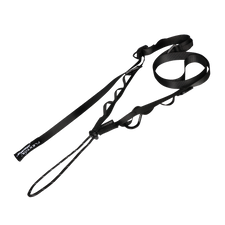 FLEX STRAP
FLEX STRAP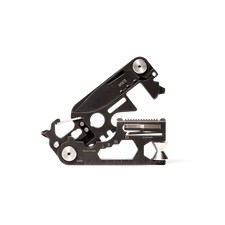 FLEX TOOL
FLEX TOOL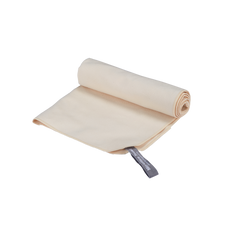 COZY TOWEL
COZY TOWEL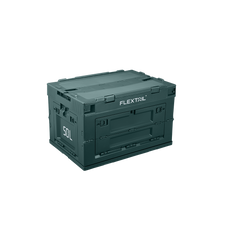 CAMPING STORAGE BOX
CAMPING STORAGE BOX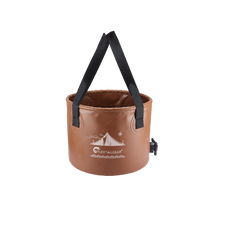 FLEX BUCKET
FLEX BUCKET EN
EN JA
JA
